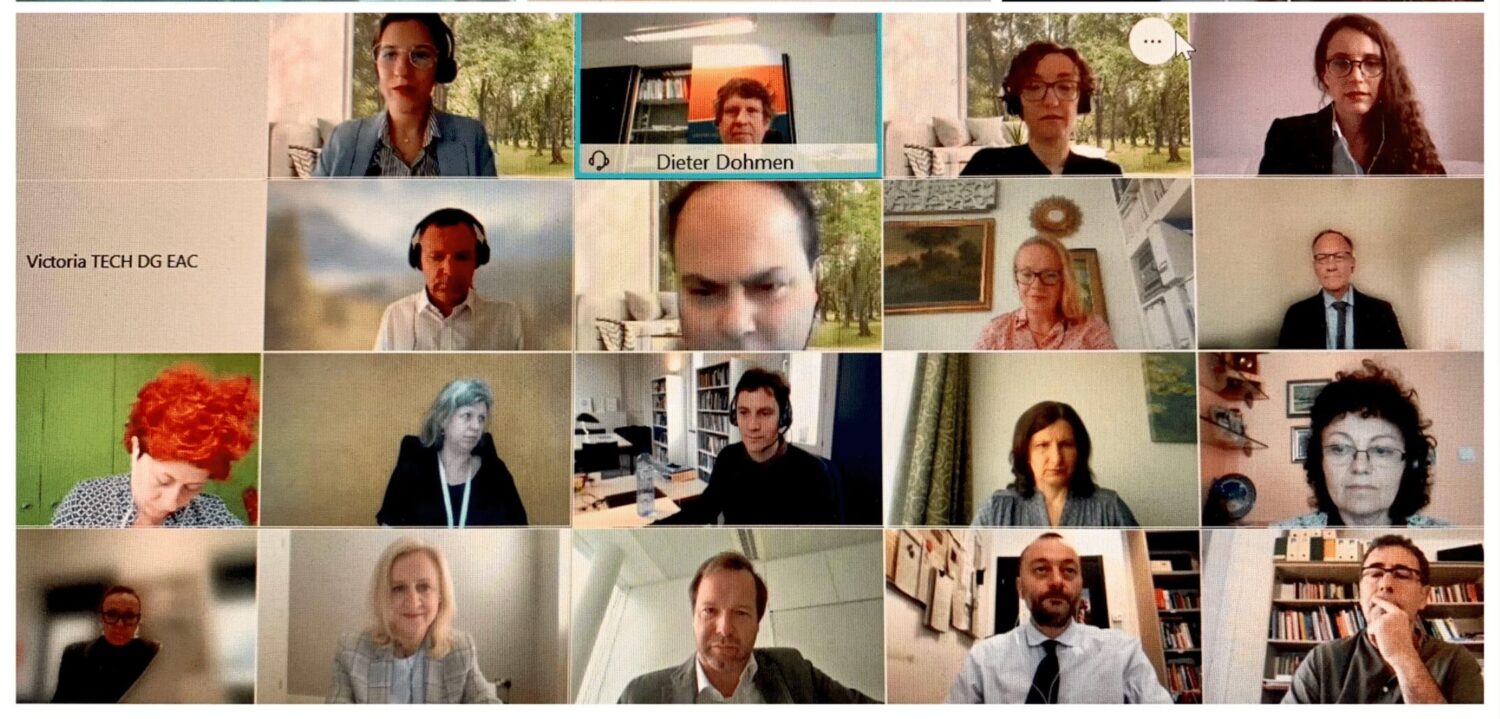Interim report of the Commission expert group on quality investment in education
Education and training are the foundation for personal development and well-being, and their benefits go well beyond the individual, affecting the whole society. Investing in high-quality education and training for all is a key priority for the European Union. Educational systems, however, are currently facing a particularly challenging situation.
The COVID-19 pandemic has led to school closures and learning disruptions that exacerbate educational inequalities. At the same time, education and training systems have to prepare for the challenges of the 21st century and transform themselves to enable children, youth and adults to actively participate in modern economies and societies. For all these reasons, promoting quality investment in this topic is a key political priority for the EU and the Member States.
In a situation where more EU resources than ever are mobilised for education and training through Next Generation EU and the new Multi-annual Financial Framework to support the recovery after the COVID-19 crisis, it becomes fundamental to ensure that every single euro is spent properly.
All member States have included education and skills measures in their National Recovery and Resilience Plans. All levels and sectors of education are covered and investments, notably in digital learning and infrastructure, as well as green and modern physical infrastructure but also in teachers’ training, skills development, account for around 12% of total planned spending. Investing in high-quality education necessitates the identification of effective and efficient investments.
An expert group on quality investment in education and training
An expert group has been created at the EU level to help the Commission and the Member States identify those education and training policies that have the potential to boost education outcomes, promote inclusion and equity, ensure pupils’ well-being and improve the efficiency of spending.
This report is meant to present the work carried out by this group between May and December 2021, and discuss its main findings and policy conclusions with Member States’ representatives and key stakeholders. One of the reasons why education and training systems are characterised as complex systems is that while policy evaluations can show that a particular programme has been successful in improving outcomes in some contexts, the results are often not transferable when applied in a different context.
Therefore, it is extremely difficult to distinguish what defines a quality investment in education and training in general. Nevertheless, this interim report tries to draw some preliminary conclusions based on robust evidence on the effectiveness and efficiency of different education and training policies.
The analysis has been organised around four focus areas, and notably:
i) teachers and trainers; ii) digital learning; iii) management, infrastructure and learning environments; and iv) equity and inclusion.
Moreover, part of the work has been dedicated to two important aspects of policy evaluation that may help design innovative and effective education policies: impact evaluation analysis and cost-benefit analysis.
Source HERE.












